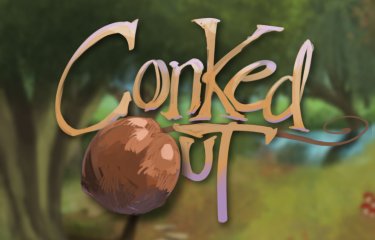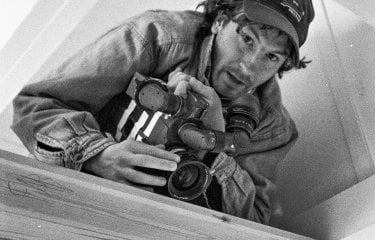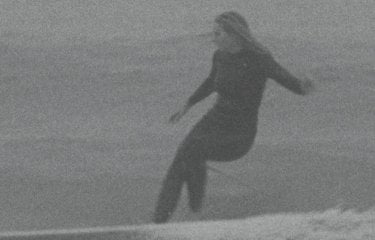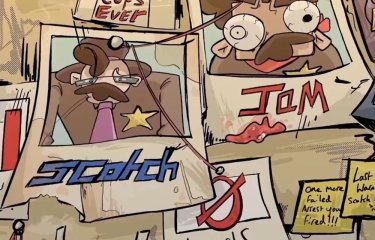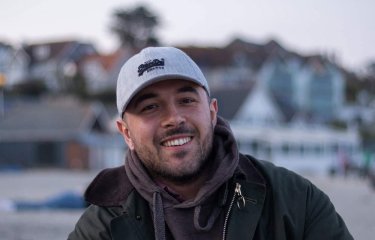“You won’t be shy of things to do as a UX designer” says lecturer Jason Haritou
04 March 2025

User Experience Design MA (Online) lecturer Jason Haritou has many strings to his bow. Beginning his career as a full-stack engineer working for Defra, he soon found himself drawn to developing user experiences. Fast forward 15 years, and he is now an accomplished design leader, podcast host, and lecturer on Falmouth’s online User Experience Design (UXD) course.
We caught up with Jason to learn about his passion for UX, the highlights of his career, and his experience as a lecturer at Falmouth.
When did you first discover UX design, and what makes you passionate about it?
I first discovered UX design during my time as a full-stack engineer after leaving university. I realised that, while I enjoyed coding, I was far more interested in the front end—how people interacted with the software—than in building its back end. At the time, I didn’t even know what I was doing was called UX design. I was designing directly with code, as tools like Figma or Sketch didn’t exist back then.
What captivated me was the collaborative nature of UX design. It’s a community-driven process involving designers, product managers, engineers, and end users. It also has the potential for profound societal impact. For example, some of our current students are exploring ways to make blood donation more accessible—an initiative that could save lives. It’s incredibly fulfilling to be part of something that can genuinely make the world a better place.
Having a wealth of industry experience, including creating your own business, what stands out as a career highlight?
I’ve been fortunate to have several career highlights, some of which were about being in the right place at the right time. Being part of Anaplan’s journey to going public on the New York Stock Exchange was an amazing experience. Starting my own business and seeing people use and benefit from software I designed was equally rewarding.
But if I had to pick one, it would be the people I’ve hired and the teams I’ve built. Watching them grow, create their own design studios, or rise to leadership roles is deeply gratifying. Helping others succeed is what keeps me going.
Can you tell us about your podcast, Coffee and Code?
Coffee and Code was a passion project I created with my good friend Mark Boyes-Smith. Both of us transitioned from engineering to UX design and wanted to create a relaxed space for conversations with people across the UX spectrum—senior leaders, budding designers, and everyone in between. We covered industry challenges, shared insights, and highlighted the fact that common struggles aren’t unique to any one company or person. We wanted to convey that you don’t have to feel isolated—plenty of other designers are facing the same problems.
Though the podcast is currently on hiatus due to our busy schedules—Mark is now a VP of Design, and I’ve started a business—it continues to attract listeners. I always encourage others to start a podcast, even if it’s just a few episodes. We had some amazing conversations and enjoyed plenty of coffee (and cocktails) along the way.
What do you enjoy most about tutoring on the online master’s at Falmouth University?
It’s inspiring to see students bring innovative solutions to problems, often drawing on their own diverse experiences. I also love the collaborative spirit—students working together, sharing ideas, and figuring things out as a team.
One of the aspects I truly enjoy about teaching at Falmouth is the hands-on nature of the courses. We have the opportunity to delve deeper into the material, engaging in more meaningful discussions. This depth contrasts starkly with many online UX boot camps, which often only scratch the surface. While these programmes can be a good starting point for entry-level roles, they often lack the depth and breadth we can achieve here.
What I particularly value about our approach is the time we dedicate to exploring topics thoroughly. This fosters critical skills, such as presenting arguments, debating differing viewpoints, and collaborating to reach shared conclusions.
How does teaching UX design online compare to in-person?
Collaborating in person is undoubtedly easier because you can see body language, write on post-it notes, and engage more viscerally with ideas.
However, modern technology makes online teaching highly effective. Tools like Miro and Zoom enable both synchronous and asynchronous collaboration, helping us stay connected. I also hold virtual office hours, where students can drop in for quick chats, replicating an open-door policy.
The global nature of online learning is another significant benefit. Students from all over the world join the course, sharing their cultural contexts and enriching the learning experience for everyone involved.
Why should someone consider a career in UX design?
Good UX design can genuinely improve people’s lives. It’s also a field that AI hasn’t yet mastered, as UX requires creativity and empathy—qualities that machines can’t easily replicate.
Moreover, emerging technologies, such as mixed reality and conversational interfaces, are constantly creating new opportunities for UX designers. Whether it’s designing for Apple’s latest headsets or innovative AI systems, there will always be exciting challenges in this field.
You won’t be shy of things to do as a UX designer.
External links
